THORGEON Surface mounting lamps
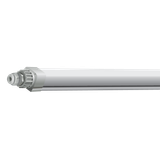

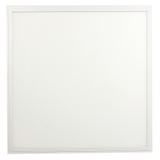
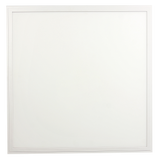

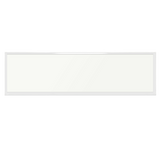
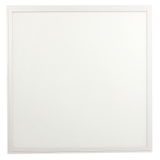
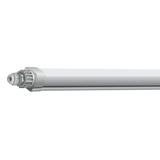

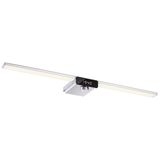
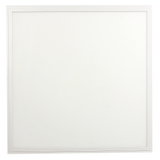

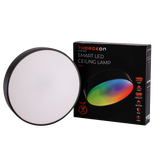
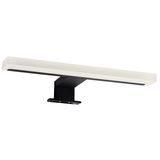
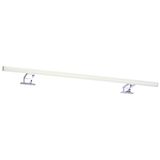
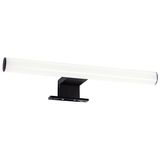

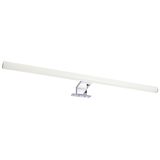

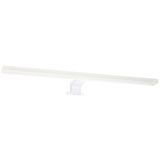
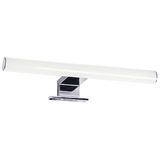


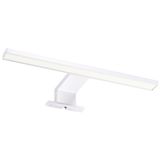
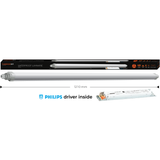



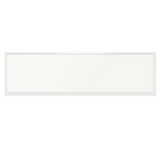

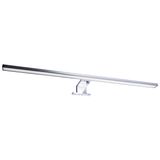
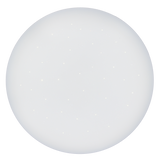
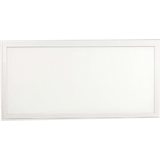
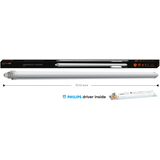

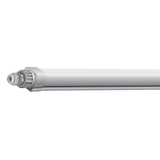



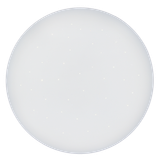

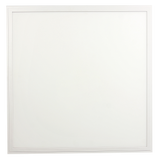
thorgeon surface mounting lamps optical and electrical profile
Lumen packages span 1 000–6 000 lm at 2700/3000/3500/4000 K, CRI 80 standard with CRI 90 for reception and retail. Efficacy typically 110–145 lm/W with drivers PF ≥ 0.95, THD < 10 %, surge 2–4 kV. Operating window −20…+40 °C; L80 50–70k h when Tc is respected and 7.5–10 mm free air is maintained above the tray. Bodies share collar depths and drill patterns so crews reuse jigs across floors.
thorgeon led surface luminaires ingress ratings and mechanics
Enclosures in UV-stabilised PC or powder-coated steel with closed-cell EPDM/silicone gaskets. IP20 suits clean interiors; IP54/IP65 handle humid corridors and car parks. IK08–IK10 hardware protects public zones. Entries remain metric M16/M20/M25; matched ferrules preserve IP after servicing. Captive screws and retained gaskets shorten ladder time and keep lids flat under torque.
thorgeon mounted lighting fixtures controls and drivers
DALI-2 and 0–10 V versions dim to 5–10 % with linear or log curves; selected sizes support quiet trailing-edge where boards are legacy phase-cut. Flicker metrics meet PstLM/SVM guidance on approved controls. Corridor function pairs presence and daylight hold; emergency kits provide 1 h/3 h autonomy on LiFePO₄ with 12–24 h recharge and visible test indicators.
Installation practices for ceiling and wall
Through-wiring 3×1.5/2.5 mm² keeps trunking tidy; terminals accept 0.5…2.5 mm² Cu, strip 8–10 mm, torque 0.5–0.8 Nm. Divider strips segregate SELV and mains; 360° braid clamps hand shields to metal backplates. In mixed refurb floors, teams standardise one lumen bin per height so thorgeon wall and ceiling lights commission with identical spacing tables. Where décor matters, opal or micro-prism optics avoid high-angle luminance while thorgeon indoor surface lighting holds uniformity along long corridors.
thorgeon ceiling mount luminaires applications and layouts
Open offices use micro-prism optics for UGR < 19; logistics aisles choose corridor lenses; hotels and apartments prefer warm CCT with opal diffusers. Maintained emergency variants declare 120–500 lm in emergency mode for route compliance. Track pitch, collar depth, and bracket stand-off are kept consistent so aiming and clearances clone room-to-room.
Procurement and selection for B2B
Fix target illuminance and mounting height first, then choose optic (opal, micro-prism, corridor) and lumen class. Lock CCT/CRI by palette—CRI 90 for front-of-house, CRI 80 elsewhere. Define control topology and minimum dim level; publish approved pairings. Confirm IP/IK and substrate; verify Tc at 60 min in a pilot room. Logistics teams room-bundle cartons so thorgeon decorative surface lamps meet finish codes without on-site swaps, while thorgeon surface mounting lamps are indexed by lumen bin to stabilise spares.
Integration and retrofit notes
Spacer rings and adapter plates preserve legacy cut-outs; drain/breather plugs prevent pressure pump-down in sealed lids. Stainless A2/A4 fasteners suit ammonia or coastal air. For camera zones, specify low-ripple drivers; for plant rooms, keep 100–150 mm clearance above enclosures. Estates keep thorgeon led surface luminaires by IP/IK pair and CCT, and stock thorgeon mounted lighting fixtures with identical collar geometry to protect bezel planes during churn.
Applications and compatibility
Reception and retail benefit from CRI 90 at 3000–3500 K; offices balance glare and verticals at 3000/4000 K; car parks rely on IP65 housings and stainless clips; stair cores pair corridor optics with self-test emergency. When architectural accents are required, thorgeon decorative surface lamps provide uniform glow on walls and tables, while thorgeon indoor surface lighting maintains route levels without glare. Mixed estates keep one code per zone so thorgeon ceiling mount luminaires look identical after tenant changes.
Advantages of working with Bankoflamps
We organise deliveries the way installers work—by room bundle and riser sequence. You get individual B2B pricing, live EU stock before crews are booked, and quotes with EAN/MPN in roughly one hour. The portal shows lead times, shipment tracking, and downloadable price lists with validity windows you can plan around. Trusted accounts use post-payment up to 30 days. We consolidate partials so luminaires, glands, collars, sensors, and emergency packs arrive together, and a dedicated manager checks lumen bins, optics, control method, autonomy class, gland threads, ferrule sizes, and torque notes against your drawings to keep kits site-ready across France, the Baltics, Germany, Spain, Italy, Belgium, and the Netherlands.
Keyword placement audit (each exactly 2×):
- thorgeon surface mounting lamps — H2; body in “Procurement and selection for B2B”.
- thorgeon wall and ceiling lights — body in “Installation practices…”, body in “Applications and compatibility”.
- thorgeon led surface luminaires — H2; body in “Integration and retrofit notes”.
- thorgeon mounted lighting fixtures — H2; body in “Integration and retrofit notes”.
- thorgeon indoor surface lighting — body in “Installation practices…”, body in “Applications and compatibility”.
- thorgeon decorative surface lamps — body in “Procurement and selection…”, body in “Applications and compatibility”.
- thorgeon ceiling mount luminaires — H2; body in “Applications and compatibility”.